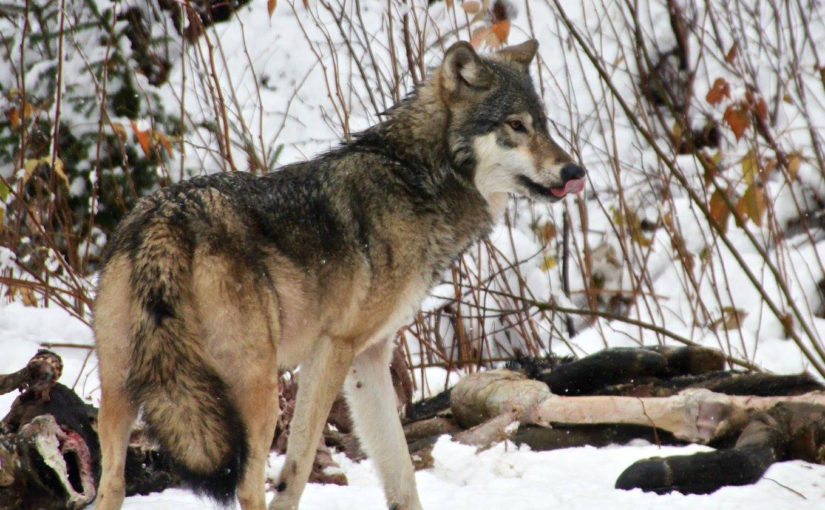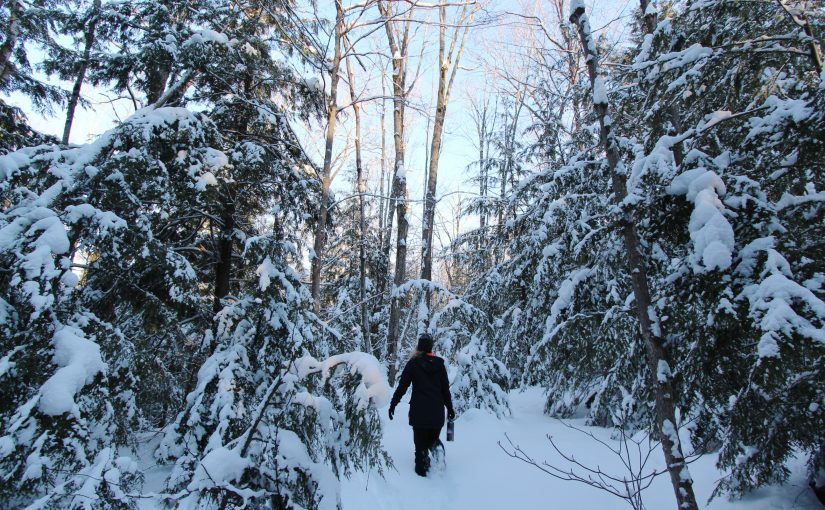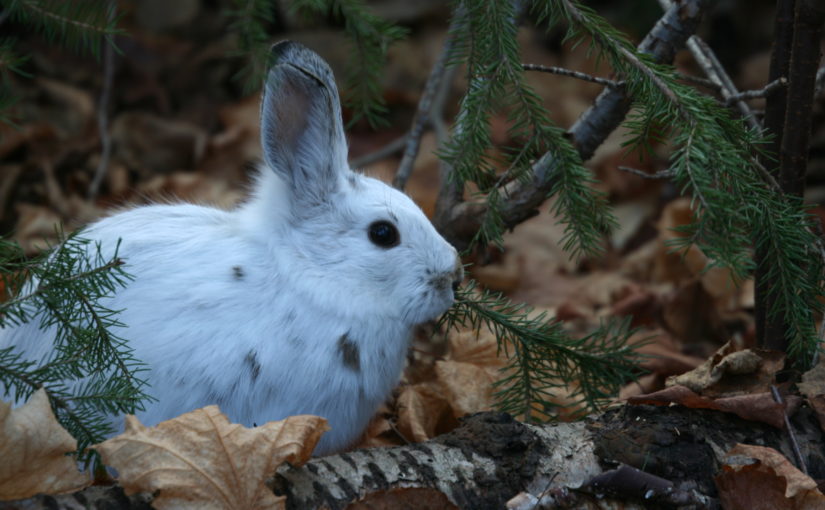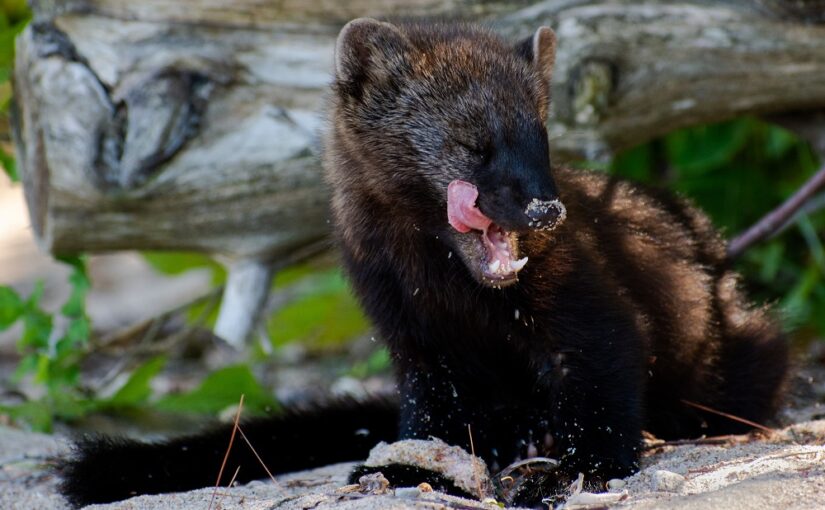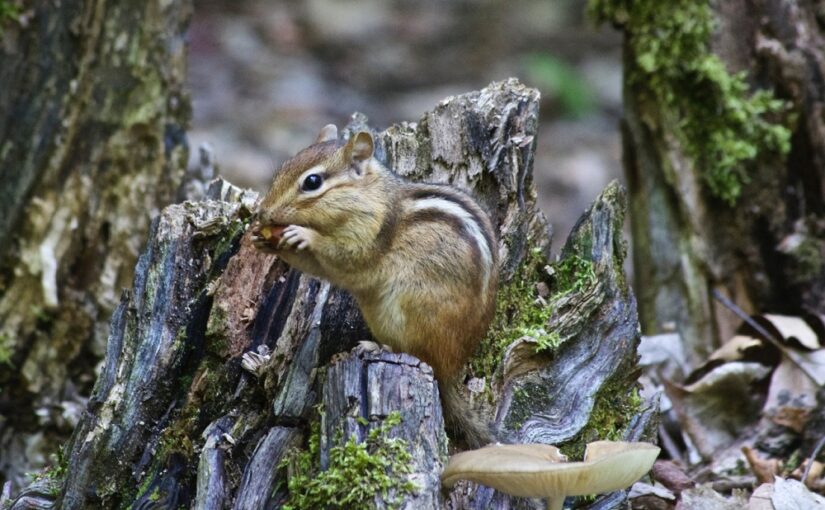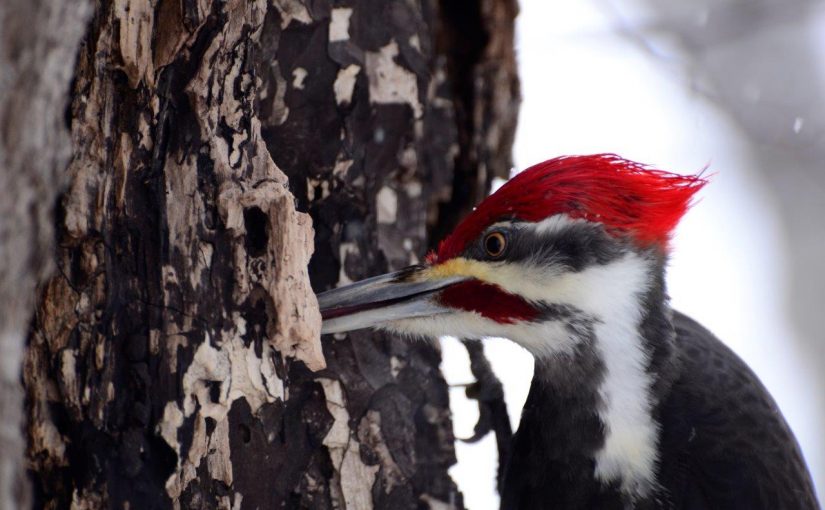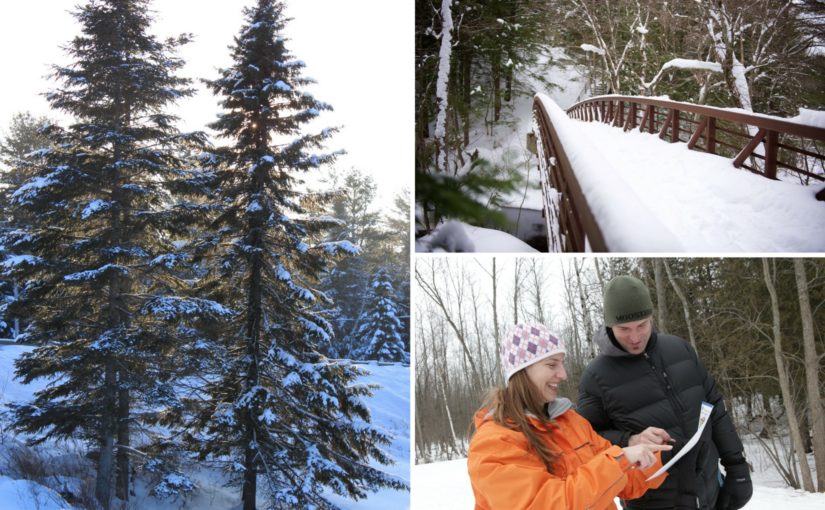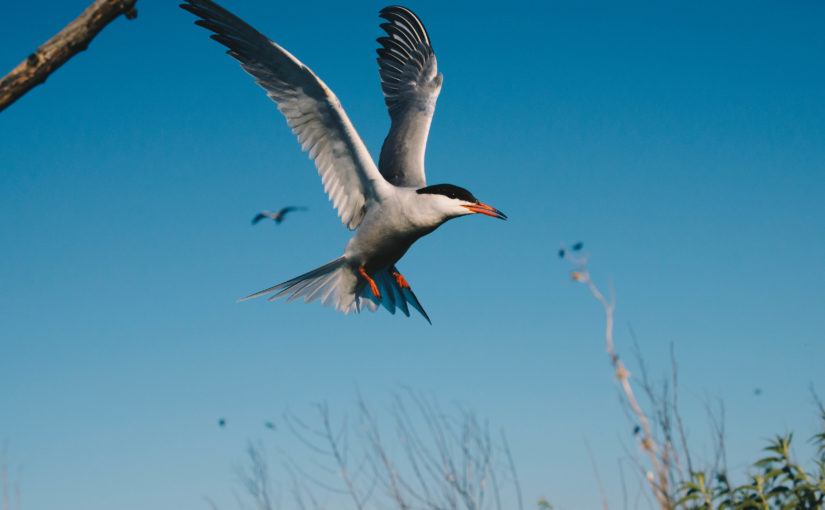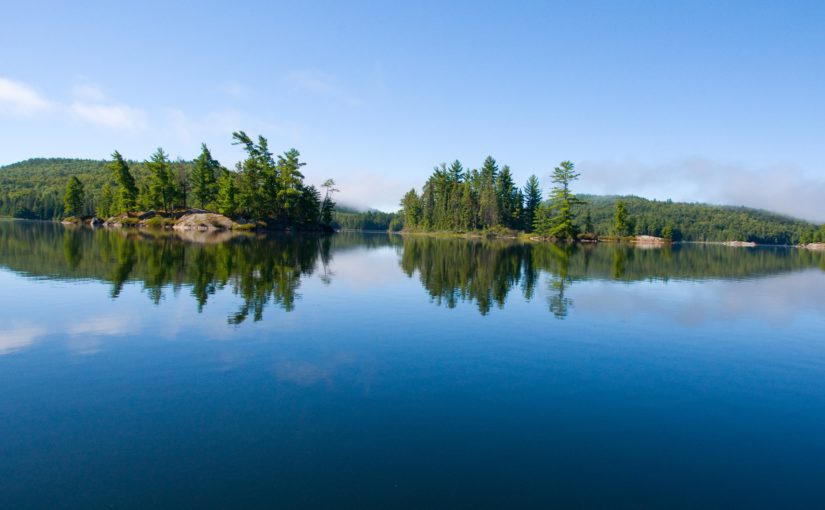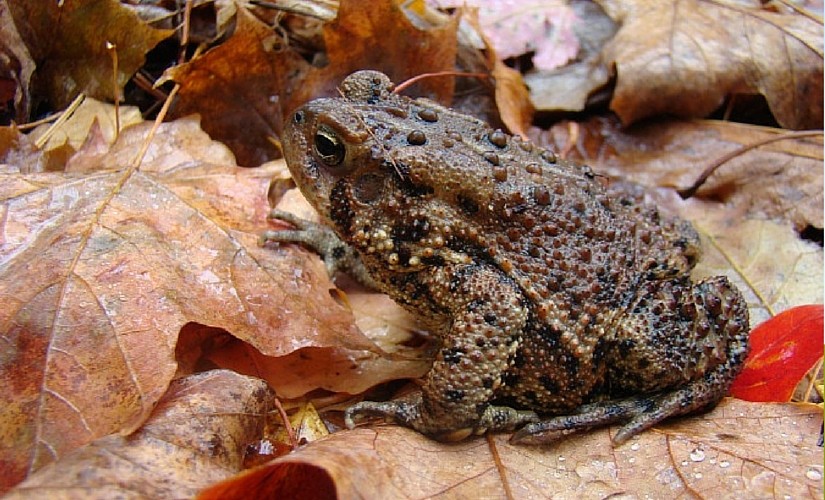Today’s post comes from Anna Scuhr, a naturalist with Lake Superior Provincial Park.
The arrival of snow and ice transforms the rugged landscape of Lake Superior Provincial Park into a stunningly beautiful, albeit unforgiving place to live.
As temperatures drop, the park can accumulate up to six feet of snow in the interior. The snow makes just about every aspect of an animal’s life more challenging.
Northern winters are a true test of an animal’s fitness. Let’s look at how they adapt to survive long, harsh winters.
